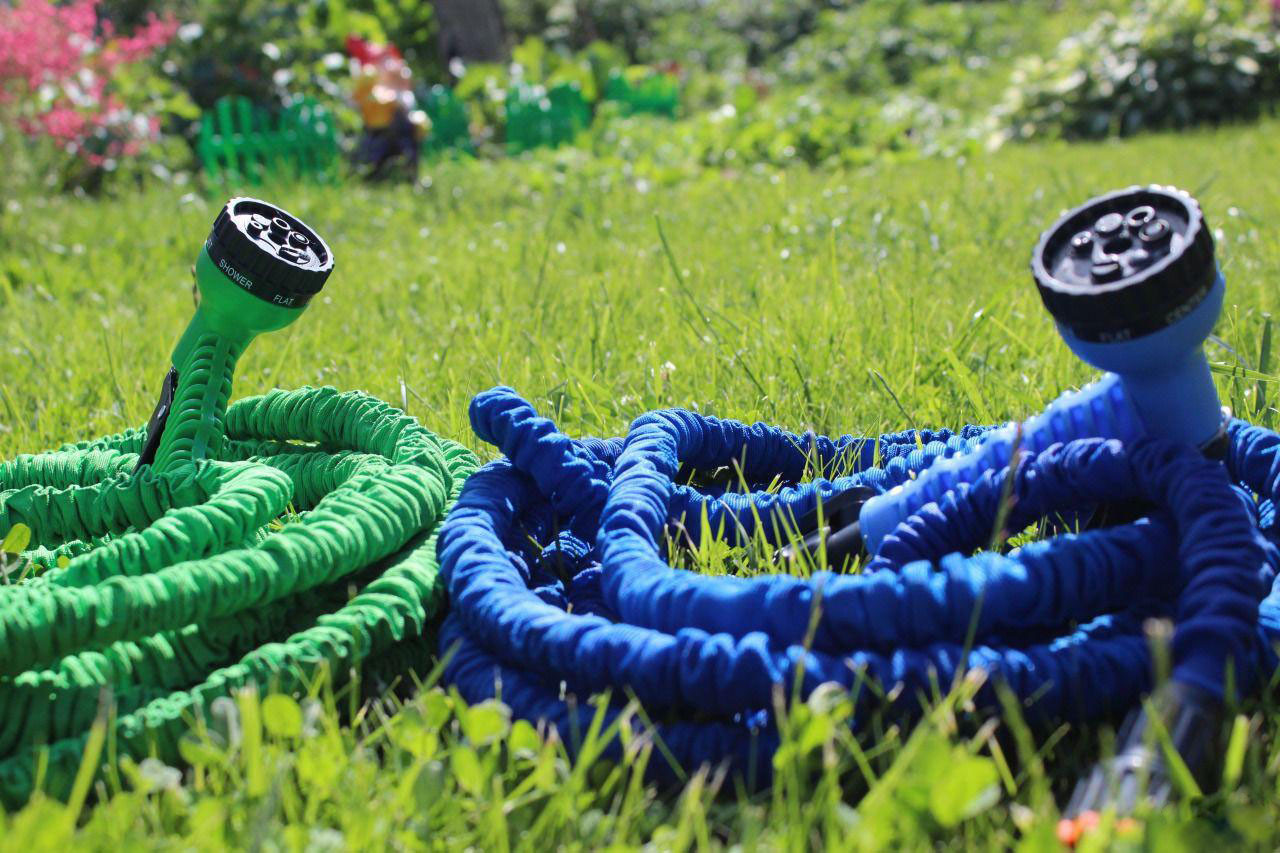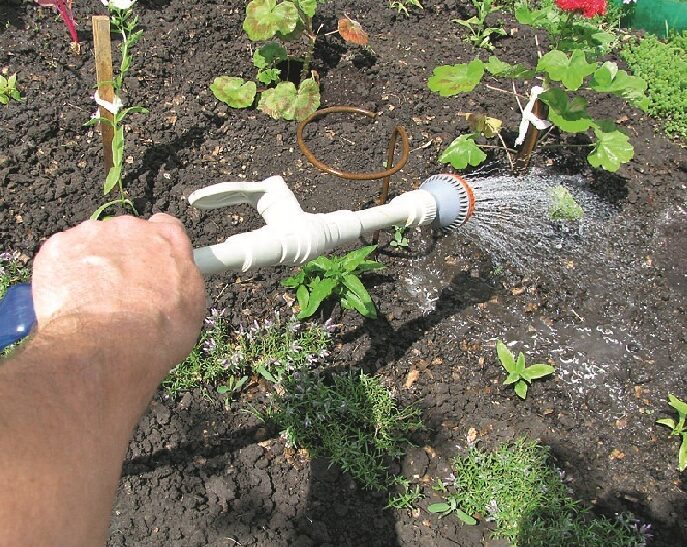What types of watering hoses are there?
Irrigation hoses are indispensable assistants for gardeners. Any tree or shrub needs water. Rain doesn't always help, especially in the southern, arid regions. A watering hose comes to the rescue. The main thing is to choose the right equipment.
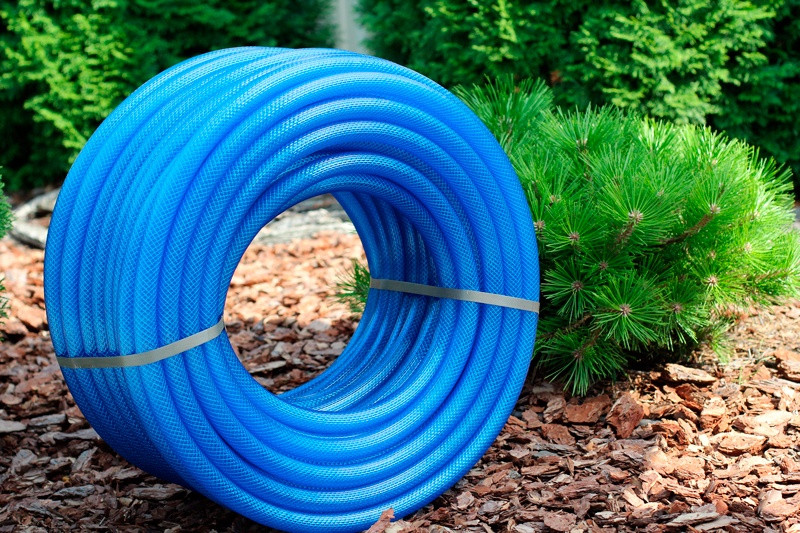
The content of the article
What types of watering hoses are there based on the material they are made of?
The most common models are made of rubber and PVC. But manufacturers also produce products made from silicone. Let's look at the features of each material.
Rubber hoses are inexpensive. Suitable for work in different weather conditions. They withstand cold and the influence of ultraviolet rays.
If you choose a thick reinforced tool, you can avoid creases. They practically never appear on such products.
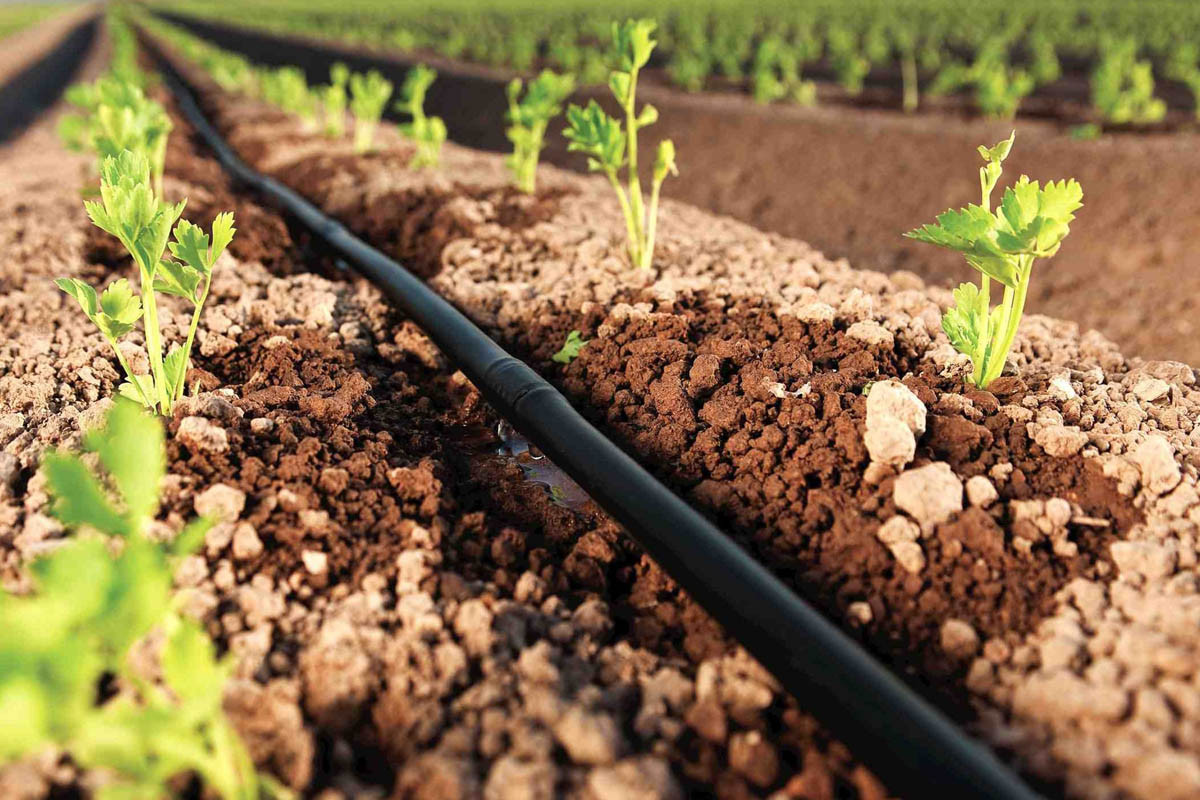
Rubber equipment will last longer than PVC products. But it also has some disadvantages. Among them:
- Heaviness. Thanks to the thick walls, the product is wear-resistant and lasts a long time, but weighs a lot.
- Toxicity. Rubber may contain harmful substances, so you need to carefully study the label. It would be better if there was a mark on it stating that the equipment can be used for food-grade water.
PVC products are popular due to their light weight and flexibility. To reduce the likelihood of kinks, reinforcement is used for products.But plastic does not withstand frost and sunlight well, so over time the hose becomes less elastic.
Silicone products are produced. Features include flexibility and elasticity. The hose stretches easily and does not form kinks. But it is not suitable for pressure systems: there is a risk that it will burst under pressure. Silicone models are more often used in the food industry.
It is recommended to pay attention to the product label. Most manufacturers provide information whether the model is intended for technical purposes only or is suitable for drinking water. This indicates the environmental friendliness of the materials used.
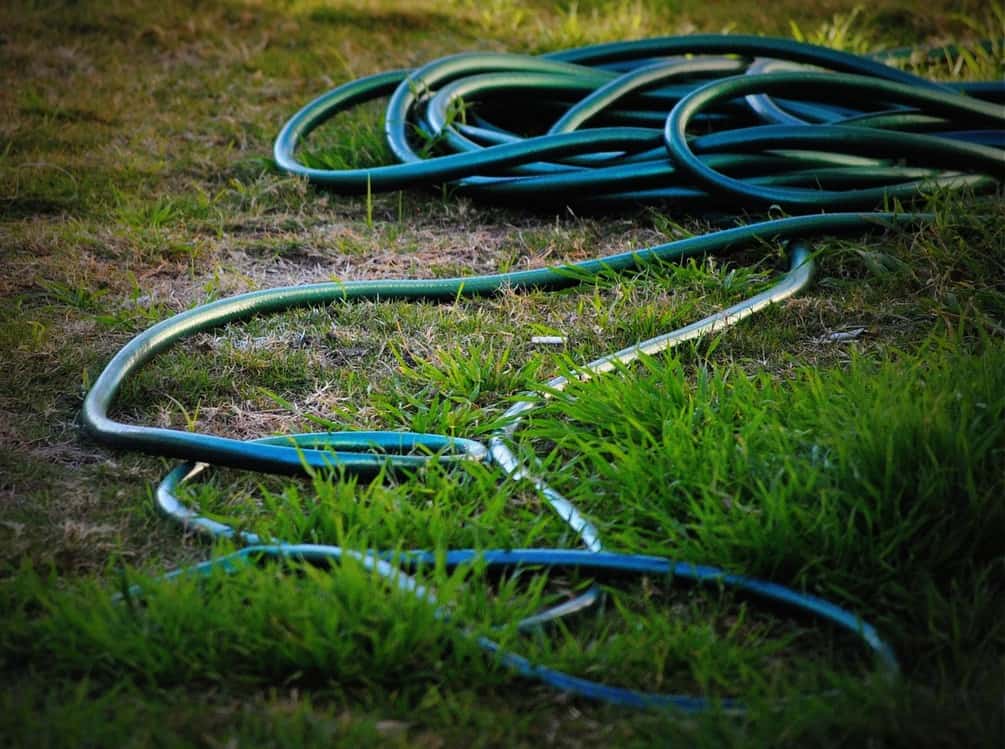
Types of garden hoses by type of design
The type of execution also differs between models. The more additional characteristics a hose has, the more expensive it will cost. Products are divided into the following types:
- Single layer. They do not have additional coatings. They do not tolerate aggressive chemical compounds and temperature changes well. Such hoses are often used to water a small area or transfer water from one container to another.
- Multilayer. They have at least 2 additional coatings, both external and internal. This allows the product to withstand exposure to the sun, temperature changes, high pressure, twisting and stretching.
- Reinforced. The coating increases the durability and strength of the model. Reinforcement increases the weight of the product, but allows the hose to be used in bad weather conditions and under high loads.
- Stretchable. They have a complex design that allows you to protect the bottom layer from tearing when stretched. They have a high level of wear resistance, making them suitable for everyday use. glaze. The species has good flexibility, but does not tolerate low temperatures.
- Spiral. When stretched, the length can reach 23 m. Suitable only for manual watering. The spiral design helps protect the product from creases.
- Corrugated. A special feature is the top layer, made of corrugated material, which protects the product and increases its strength and rigidity. The special design allows this type to remain light and flexible. It is universal in use and is used both for manual watering and in industry.
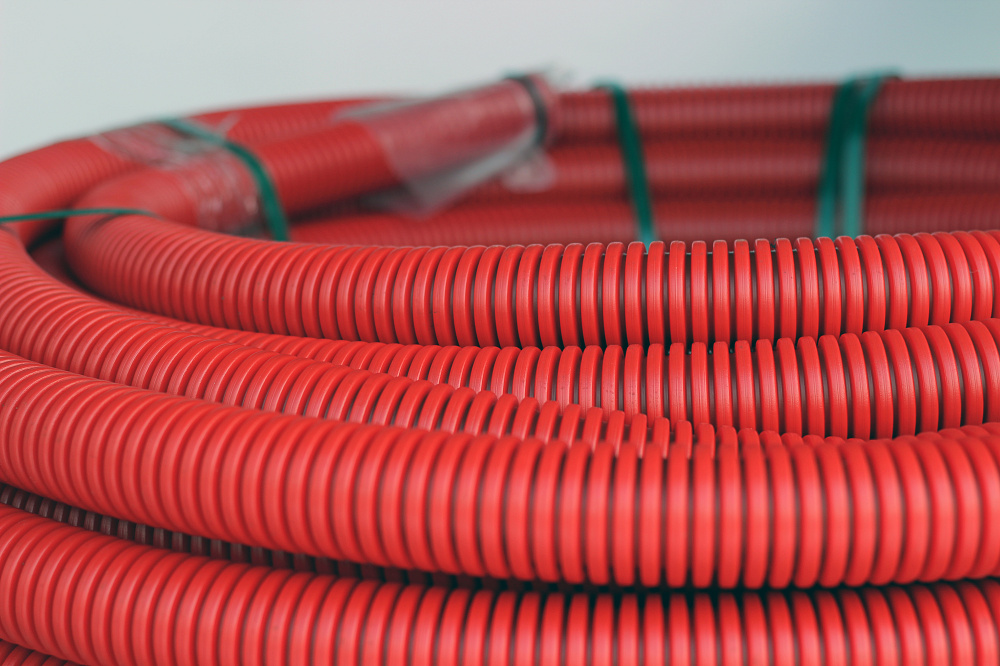
Types of watering hoses by purpose
Watering is carried out under human control manually or by gravity. The following types are distinguished by purpose:
- Traditional. Cannot be transformed. Used with spray or a pistol tip. It is distinguished by its versatility and reliability.
- Drip. There are holes along the entire length of the product, located at equal distances from each other. It must be placed on or under the soil and left for several seasons. Watering is carried out at the root.
- Porous. It also has holes, but they are tiny. This creates a spray effect. Suitable for row plantings and saves water. The hose allows for local watering of crops that are sensitive to dry soil.
- Sprinkler. The holes on the hose allow it to spray water in all directions. The species got its name due to the rain effect it creates when working. Suitable for irrigating plants that do not require root watering.
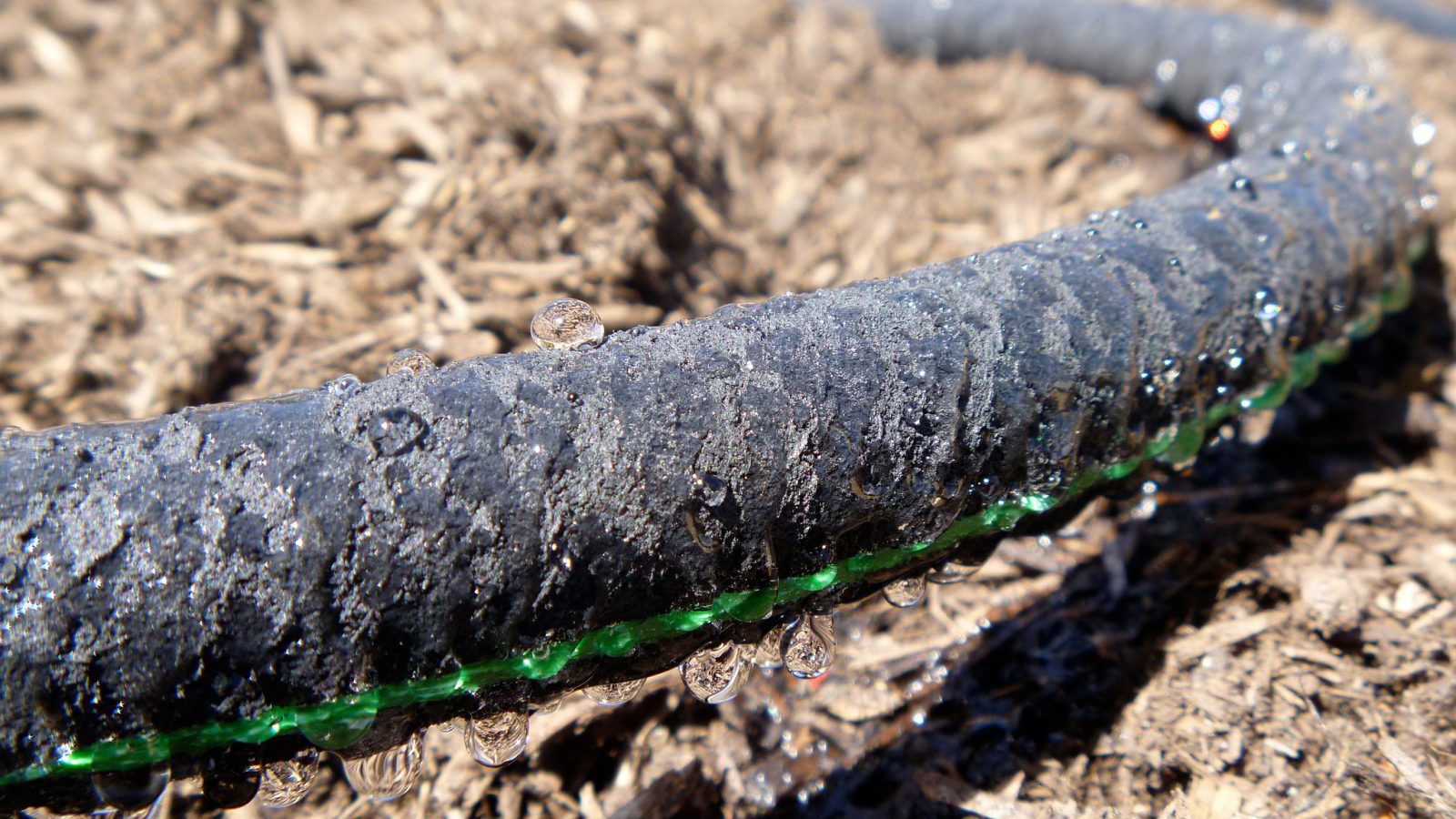
When selecting a hose, it is recommended to take into account the listed features of the product. This will allow you to choose the most suitable option for specific conditions.
